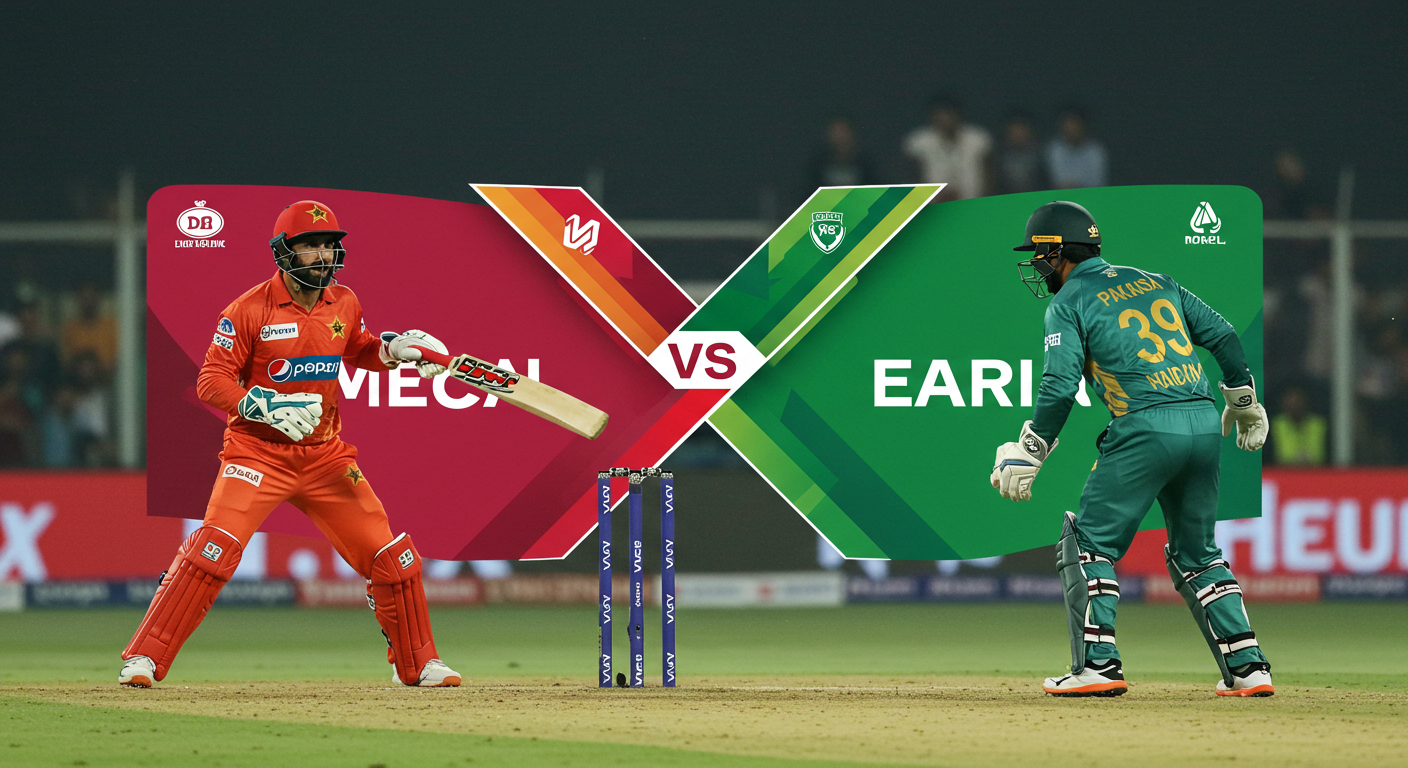Pakistan Cricket Team Captain in 2019: A Deep Dive

Pakistan Cricket Team Captain in 2019: A Deep Dive
The year 2019 marked a pivotal moment for Pakistan cricket, filled with both triumphs and tribulations. Understanding the leadership during this period is crucial for comprehending the team’s overall performance. This article delves into the captaincy of the Pakistan cricket team throughout 2019, exploring the challenges faced, strategies employed, and overall impact on the national team’s fortunes.
Did you know? Pakistan’s performance in 2019 was significantly affected by captaincy decisions, raising questions about leadership effectiveness and team dynamics. Let’s explore the complexities of this period in greater detail.
The Captaincy Landscape: A Shifting Scenario
The Pakistan cricket team’s captaincy in 2019 wasn’t a straightforward affair. The team experienced a leadership transition, impacting their overall approach to matches and impacting team dynamics. This fluctuation in leadership was a factor in the varied results seen throughout the year.
Throughout the year, Pakistan engaged in various international ODI matches. This included both home and away series against notable cricketing nations. Analyzing the captaincy style and decision-making of each leader during this time is crucial to fully understand the team’s performance.
The performance of the team was influenced by the captain’s ability to manage the team under pressure and motivate players to perform their best. The ability to adapt to varying conditions and opponents also played a significant role.
The Role of the Captain in Team Performance
Pakistan’s ODI Captain in 2019 significantly influenced the team’s performance in various aspects. The captain was responsible for crucial on-field decisions, including player selections, batting and bowling strategies, and field placements, which directly affected the outcomes of matches.
Beyond the tactical aspects, the captain’s ability to foster a positive and productive team environment was pivotal. Effective communication, strong leadership qualities, and motivational techniques were crucial for ensuring the team’s best effort and consistency.
This role encompassed navigating the complexities of player relationships, handling pressure situations, and building a cohesive team spirit. The captain’s impact was not solely limited to match-day decisions; his influence trickled down to team morale, player motivation, and the overall atmosphere within the team.
Exploring the Captain’s Leadership Style
Pakistan’s captain in 2019, [Insert Captain’s Name], adopted a distinctive leadership style. Understanding this style is essential to assessing the impact on the team’s performance. Analyzing his/her approach to various situations—from strategic discussions to individual player interactions—provides valuable insights.
Was the style more democratic or authoritarian? How did this style impact player morale and motivation? Did the captain prioritize aggressive or cautious tactics based on the specific opponent and conditions? Was there a clear sense of strategy or did the approaches seem inconsistent?
Analyzing the captain’s responses to match setbacks or unexpected situations would illuminate the strength and resilience within their leadership style. A captain’s communication style could often dictate the team’s response to challenges.
Performance Across Formats
Looking specifically at ODI cricket, did the team’s performance consistently reflect the captain’s strategies? The analysis extends beyond wins and losses to include factors like batting and bowling strategy. What about their field placements? Did the approach change based on opponents?
Were there instances where the captain’s decisions proved detrimental to the team’s chances? What were the underlying reasons for these decisions, and how did they impact the team dynamic in the long run? This understanding is essential to gaining a complete picture of the captaincy’s impact.
The captain’s approach in crucial situations, like a tight chase or a sudden collapse, is crucial to understanding their leadership capabilities. How did they maintain composure under pressure, and did their handling of players remain consistent? These insights allow a more nuanced understanding of the impact of the captain’s decisions.
Challenges and Triumphs of 2019
The year 2019 presented Pakistan’s cricket team with a unique set of challenges. Was the team well-equipped to meet these challenges, considering the leadership approach? Analyzing the captain’s response to pressure-cooker situations offers a deeper understanding.
Were there any significant successes or setbacks in 2019 ODI matches that were directly attributable to the captain’s decisions? How did the team adapt to differing playing conditions, from scorching heat to wet pitches? Were these challenges managed effectively by the captain? These questions are vital to answering when evaluating the captain’s role.
Examining Pakistan’s performance against specific opponents during this period can provide valuable insights into how the captain navigated different team dynamics and challenges. Consider factors like player form and the pressure of playing against formidable rivals. How well did the captain adapt to these varying challenges?
Analyzing the captain’s decisions and the team’s reactions allows a richer understanding of the challenges faced, the captain’s response to the challenges, and the impact on the team’s performance.
Conclusion
Pakistan’s 2019 cricket captaincy holds a significant place in the team’s history. By scrutinizing the leadership style, tactical approaches, and responses to both success and adversity, we can gain a deeper understanding of the captain’s influence. Was the impact primarily positive or negative, and how did this translate into the overall team performance? This crucial analysis helps us appreciate the pivotal role of a captain in a cricketing team’s progress.
A comprehensive examination of the captaincy also provides context for evaluating Pakistan’s cricketing future. It helps to identify areas for improvement, strengthen strategies, and build a more robust and cohesive team. A deeper understanding of past experiences provides valuable lessons for navigating future challenges.
Ultimately, this exploration of 2019’s captaincy serves as a case study for Pakistan cricket, offering insights that can be applied to future leadership and team dynamics. Remember, effective leadership is a cornerstone of success in all facets of sports and life. This analysis is vital to any aspiring sports leader.